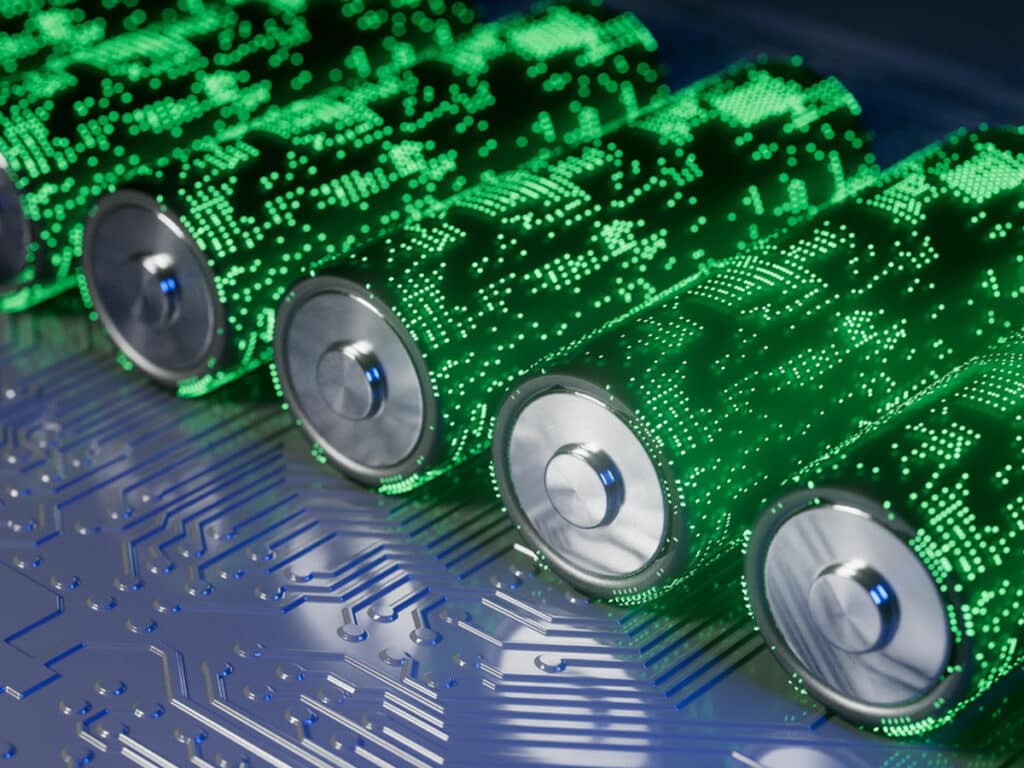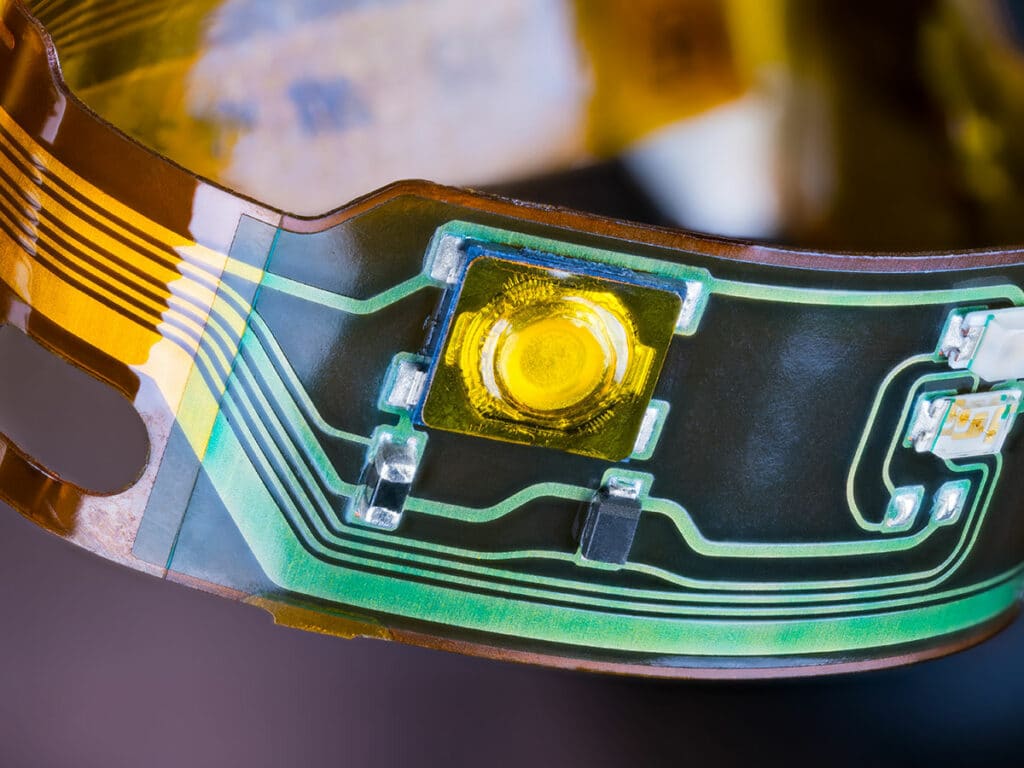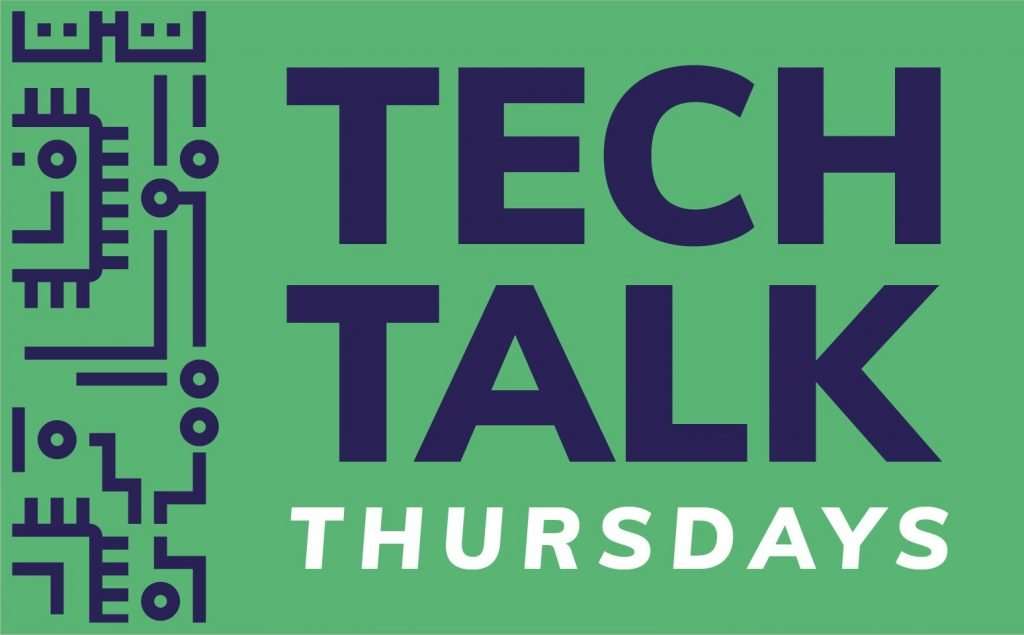Production form factor is a strong determinant of the product produced and cost per unit. Currently, majority of electronics are produced in a semi-batch sheet-to-sheet (S2S) process flow. In this mode, each board is fed through individual steps in sequence. However, in such a format, the size of the board is limited, the substrate would need to be dimensionally stable and the unit costs would be high. Consider the case of building an illuminated wall. In a S2S format, the illuminated wall will need to be in smaller pieces stitched together, the wall will be built on a rigid substrate, and has been cost prohibitive because of manufacturing and instillation costs.
What if the illuminated wall could be built like old fashion wall paper?









